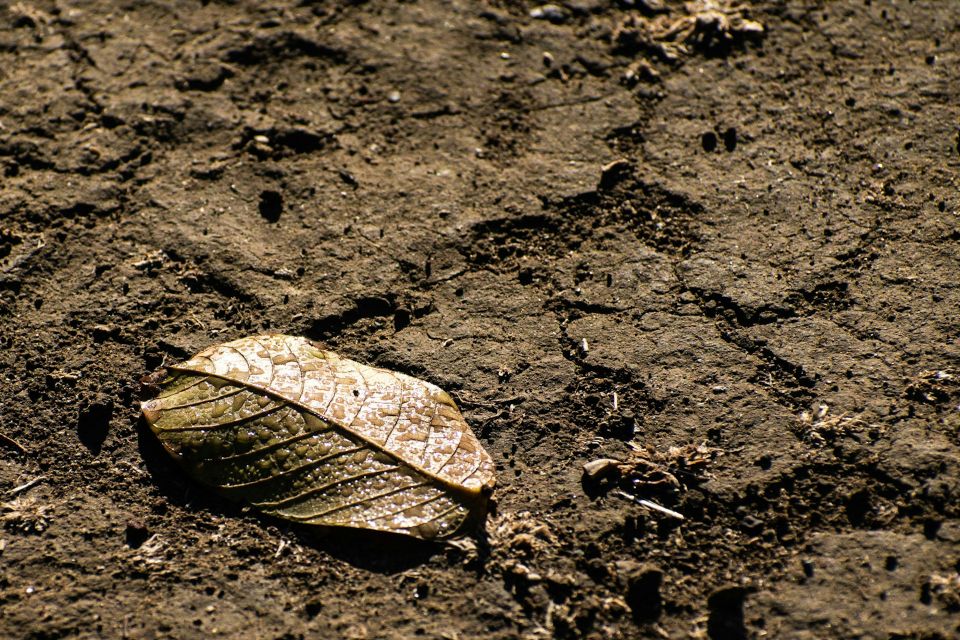Soil improvement methods are crucial for ensuring the success and stability of various construction projects. Among these techniques, chemically stabilized sub-grade is revolutionizing the way soil is managed, offering unique properties and performance enhancements compared to traditional soil improvement practices. With an increasing demand for sustainable, cost-effective, and efficient construction solutions, chemically stabilized sub-grade is becoming a go-to choice for professionals across the industry.
In this informative article, we will explore the world of chemically stabilized sub-grade materials, providing insights into their unique properties, benefits, and application in soil improvement. By understanding how these materials are transforming traditional soil improvement methods, you can stay ahead of the curve and make informed decisions that support the long-term success of your construction projects. Join us as we delve into the revolutionary realm of chemically stabilized sub-grade and its significant impact on the soil improvement landscape.
What is Chemically Stabilized Sub-Grade?Chemically stabilized sub-grade refers to soil material that has undergone treatment with chemical additives to improve its engineering properties. This soil improvement method differs from traditional techniques like mechanical stabilization or the use of geosynthetics, as it relies on chemical reactions between the soil particles and the added stabilizing agent. Common stabilizing agents used in chemically stabilized sub-grade include lime, cement, and fly ash, which can significantly enhance the soil's load-bearing capacity, workability, and resistance to environmental factors.
Benefits of Chemically Stabilized Sub-Grade1. Improved Strength and StabilityChemically stabilized sub-grade materials exhibit significantly higher strength and stability compared to untreated soils. The chemical reaction between the soil particles and stabilizing agent increases particle bonding and cohesion, resulting in enhanced shear strength and a more stable soil structure.
2. Cost-EffectivenessUsing chemically stabilized sub-grade materials can lead to cost savings in construction projects by reducing the need for importing select fill materials or extensive excavation and replacement of poor-quality soils. Additionally, chemically stabilized sub-grade often requires less stabilizing agent compared to other soil improvement techniques, further lowering project costs.
3. Accelerated Construction TimelineChemically stabilized sub-grade materials can expedite construction schedules by providing a stable, workable soil platform faster than other improvement methods. The chemical stabilization process can typically achieve the desired soil properties within hours or days, allowing construction crews to begin working on the site more quickly.
4. Enhanced Resistance to Environmental FactorsChemically stabilized sub-grade materials exhibit improved resistance to environmental factors, such as moisture, freeze-thaw cycles, and traffic loading. The enhanced durability of these materials can prolong the service life of the construction project and reduce the need for future maintenance or rehabilitation.
Types of Chemical Stabilizing Agents1. Lime StabilizationLime stabilization involves the addition of quicklime or hydrated lime to the soil. When lime reacts with the clay minerals present in the soil, it creates a cementitious compound that binds soil particles together, improving the soil's strength, reducing its shrink-swell potential, and increasing its resistance to moisture penetration.
2. Cement StabilizationCement stabilization involves the use of Portland cement as a stabilizing agent. When mixed with soil, cement forms a cementitious matrix that binds soil particles, increasing the soil's strength and bearing capacity. Cement stabilization is particularly suitable for granular soils, where the cement particles act as a "glue" to hold the soil particles together.
3. Fly Ash StabilizationFly ash, a byproduct of coal combustion in power plants, can be used as a stabilizing agent in soil improvement. Fly ash combines the benefits of both lime and cement stabilizing agents, providing strength gains and reduced shrink-swell potential. Additionally, fly ash can mitigate the negative effects of clay soils by altering their structure and reducing their plasticity.
How to Implement Chemically Stabilized Sub-Grade in Your Project1. Evaluate Soil Conditions:Conduct a comprehensive geotechnical investigation to assess the soil's characteristics, such as its composition, grain size, and moisture content. This information will help determine the suitability of chemically stabilized sub-grade materials and inform the selection of the appropriate stabilizing agent.
2. Test Soil-Stabilizer Compatibility:Perform laboratory tests to assess the compatibility of the chosen stabilizing agent with the soil. These tests will help determine the optimum stabilizer content and the anticipated improvements in soil properties.
3. Determine Stabilization Methodology and Equipment:Choose the most suitable stabilization methodology and equipment based on the types of soil and stabilizing agent used, as well as the scale of the project.
4. Monitor and Test during Construction:Ensure proper quality control during the stabilization process by routinely monitoring the soil's moisture content, density, and strength. Conduct post-construction tests, such as plate load tests and California Bearing Ratio (CBR) tests, to verify that the chemically stabilized subgrade meets the project's performance requirements.
Embrace the Future of Soil Improvement with Terra-Firma Stabilization & ReclamationChemically stabilized sub-grade materials are revolutionizing soil improvement methods, offering enhanced strength, stability, cost-effectiveness, and resistance to environmental factors. By understanding the unique properties and benefits of these materials, construction professionals can stay ahead of the curve and make informed decisions for their projects.
Terra-Firma Stabilization & Reclamation is a leader in providing innovative soil management solutions, including chemically stabilized sub-grade materials tailored to your project's needs. Our team of highly skilled professionals possesses the knowledge, experience, and advanced equipment necessary to deliver exceptional results, ensuring the success and stability of your construction projects.
Don't let outdated soil improvement techniques limit your project's potential – trust Terra-Firma Stabilization & Reclamation to be your partner in embracing the future of soil management. Contact us today to learn more about our extensive range of soil management services and products, including chemically stabilized sub-grade solutions that meet your project's unique requirements. Visit our services page for more information on our offerings and discover the best solution for your soil improvement needs. Let Terra-Firma Stabilization & Reclamation guide you on your journey into the world of revolutionary
soil management techniques and experience the advantages that chemically stabilized sub-grade materials bring to your construction projects.

